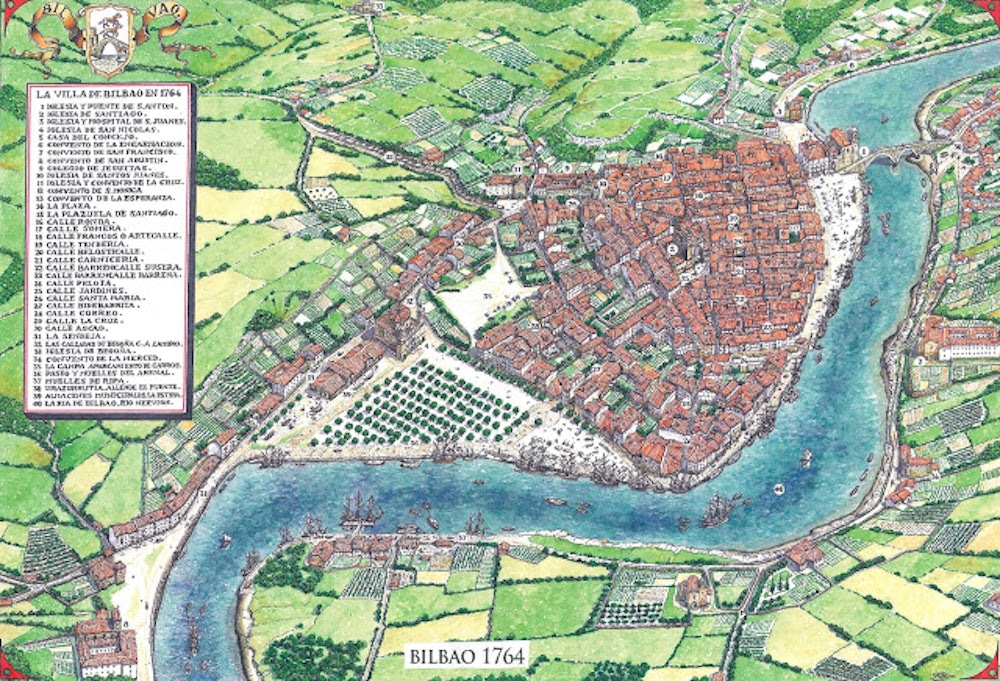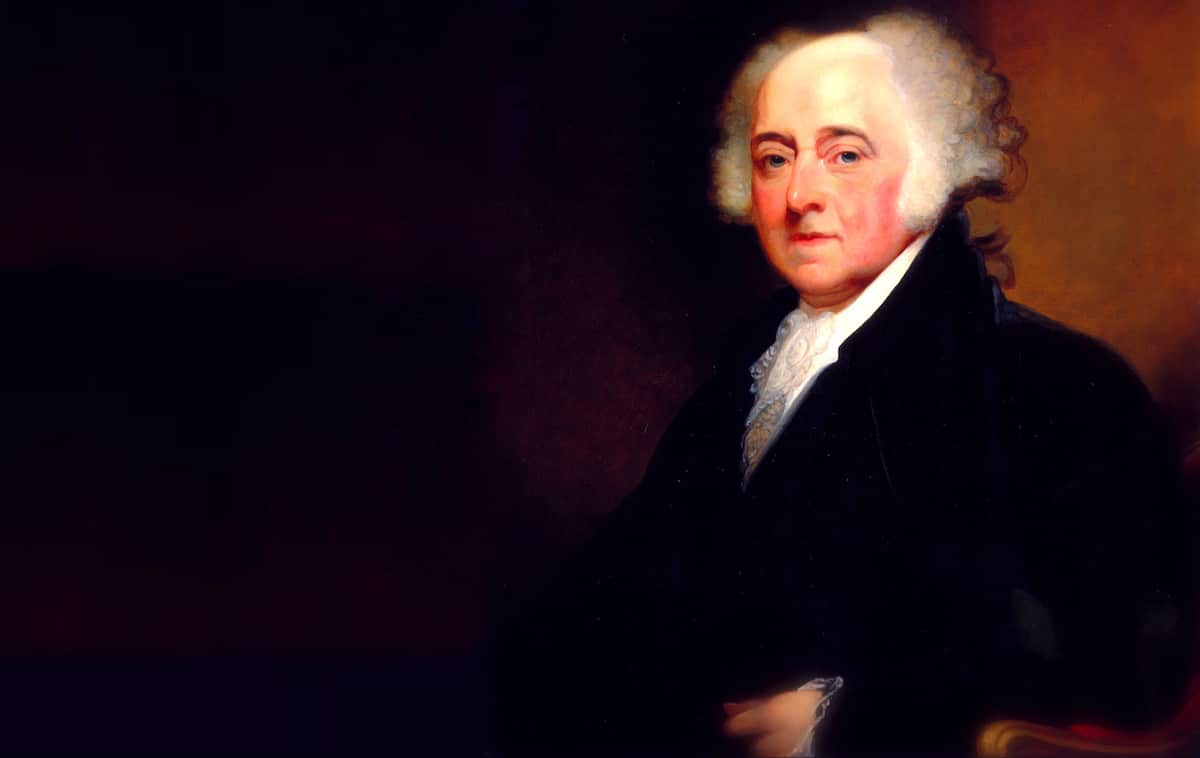Over the years, we’ve brought you many different articles about the relationship between US Independence and the Basques.
It may seem hard to believe that there’s such a tight relationship between this small people straddling the Pyrenees and the republic being built in North America under principles of freedom and citizenship that marked the start of a new era in the world. But there is.
This relationship is based on two people: John Adams, one of the Founding Fathers, co-author of the Declaration of Independence, and the country’s second president, and a Bilbao merchant, Diego de Gardoki.
John Adams traveled to Europe, along with his two children, in 1779 to negotiate a peace treaty between and its former, rebel colonies in North America, which were becoming the United States. It was an eventful trip that took him all along the northern part of the Iberian peninsula, from El Ferrol to Bayonne (the capital of the Basque territory of Labourd) in the middle of winter. On December 9, 1779, he left El Ferrol, and after crossing the entire peninsula, including the Basque Coast, he reached Bayonne on January 23, 1780.
He wrote of his journey in his diary, narrating the hardships he suffered along the way, and how that all changed when he entered the Basque territories.

He spent five days in Bilbao (January 15-20, 1780), and there he met Diego de Gardoqui, a Bilbao merchant who was doing important work breaking the English blockade and transporting weapons, ammunition, and supplies to the American patriots (as Guardoqui himself called them). Channeled through Basque territory and ports, his secret shipments included 30,000 muskets, 30,000 bayonets, 51,314 musket balls, 300,000 pounds of gunpowder, 12,868 grenades, 30,000 uniforms, and 4,000 tents.
This aid was key in allowing the Thirteen Colonies’ Continental troops to fight against the British and win their independence.


Based on what Adams himself said, Gardoqui showed him the Basque system of government and its institutions. The future US President was also able to get to know some of the characteristics of this “Democratical Republics” (as he himself defined it in his writings) in the ten days he spent in Basque lands.
Of that trip and his experiences in the Land of the Basques, we have the records of his diary, which has also been published in Spanish, and one of the chapters of his book A Defence of the Constitutions of the United States (automatic translation) (published in London in 1787).
In both texts, he explains what he liked, and what he didn’t, of the government of the Biscayans (how the Basques of Alava, Biscay, and Gipuzkoa were called back then).
We also have records of his perceptions in a letter he sent from Bilbao to Samuel Huntington, president of the Congress of Philadelphia, saying:
“It may seem surprising, to hear of free Provinces in Spain: But such is the Fact, that the High and independent Spirit of the People, so essentially different from the other Provinces, that a Traveller perceives it even in their Countenances, their Dress, their Air, and ordinary manner of Speech, has induced the Spanish Nation and their Kings to respect the Ancient Liberties of these People, so far that each Monarch, at his Accession to the Throne, has taken an Oath, to observe the Laws of Biscay”.
Of all the articles we’ve written about this traveler, and friend to the Basques, for our nation, we recommend two that we think give a clear view of how his journey through the Basque Country influenced the man who would become the second US President (and also the sixth, as his son, John Quincy Adams, was also traveling with him), and the conclusions he derived from the same. One was written by Vince J, Juaristi, a Basque-descendant born in Elko, Nevada, and the other is an article by Mike Robinson, who made the most of his stay in our nation and visited the Untzi Museoa, giving us a clear idea of how what he discovered they impressed him so deeply.
John Adams and the eventful journeys of two US presidents through the Land of the Basques
And, if anyone’s interested, this is the beginning of the US Declaration of Independence, co-authored by John Adams and Thomas Jefferson, et al.
In Congress, July 4, 1776
The unanimous Declaration of the thirteen united States of America,
When in the Course of human events, it becomes necessary for one people to dissolve the political bands which have connected them with another, and to assume among the powers of the earth, the separate and equal station to which the Laws of Nature and of Nature’s God entitle them, a decent respect to the opinions of mankind requires that they should declare the causes which impel them to the separation.
We hold these truths to be self-evident, that all men are created equal, that they are endowed by their Creator with certain unalienable Rights, that among these are Life, Liberty and the pursuit of Happiness.–That to secure these rights, Governments are instituted among Men, deriving their just powers from the consent of the governed, –That whenever any Form of Government becomes destructive of these ends, it is the Right of the People to alter or to abolish it, and to institute new Government, laying its foundation on such principles and organizing its powers in such form, as to them shall seem most likely to effect their Safety and Happiness. Prudence, indeed, will dictate that Governments long established should not be changed for light and transient causes; and accordingly all experience hath shewn, that mankind are more disposed to suffer, while evils are sufferable, than to right themselves by abolishing the forms to which they are accustomed. But when a long train of abuses and usurpations, pursuing invariably the same Object evinces a design to reduce them under absolute Despotism, it is their right, it is their duty, to throw off such Government, and to provide new Guards for their future security.
AMEN
Last Updated on Jul 9, 2021 by About Basque Country





























